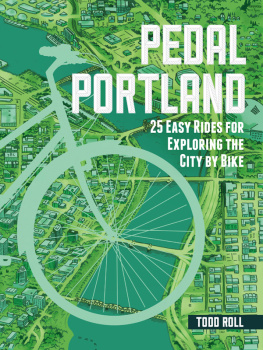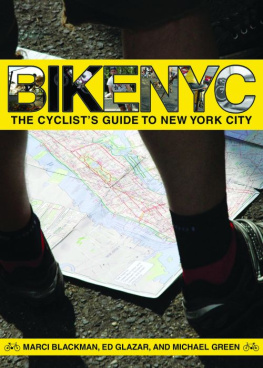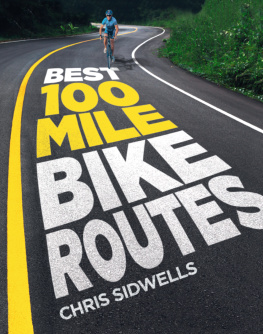
PEDAL PORTLAND
25 EASY RIDES FOR EXPLORING THE CITY BY BIKE
TODD ROLL
TIMBER PRESS
PORTLAND | LONDON
To my wonderful wife, Lota, my teacher, guide, confidant, and advisor, and to our daughter, Serenne, stalwart ride-tester and quick to tell us when to cut it short. I love you both more than I can express.
Frontispiece: St. Johns Bridge and St. Johns.
Copyright 2014 by Todd Roll. All rights reserved.
Maps by Lisa Brower of GreenEye Design.
Illustrations by Matt Sundstrom.
Sullivan typeface by Jason Mark Jones
Published in 2014 by Timber Press, Inc.
The Haseltine Building
133 S.W. Second Avenue,
Suite 450
Portland, Oregon 97204-3527
timberpress.com
6a Lonsdale Road
London NW6 6RD
timberpress.co.uk
Printed in China
Book design by Laken Wright
Library of Congress Cataloging-in-Publication Data
Roll, Todd.
Pedal Portland: 25 easy rides for exploring the city by bike/Todd Roll.
pages cm
Includes index.
ISBN 978-1-60469-423-9
1. CyclingOregonPortlandGuidebooks. 2. Portland (Or.)Guidebooks. I. Title.
GV1045.5.O72P678 2014
796.640979549dc23
2013033880
CONTENTS
Downtown, Northwest, and West Side
Northeast, North Portland, and Vancouver
Southeast, South, and East Side
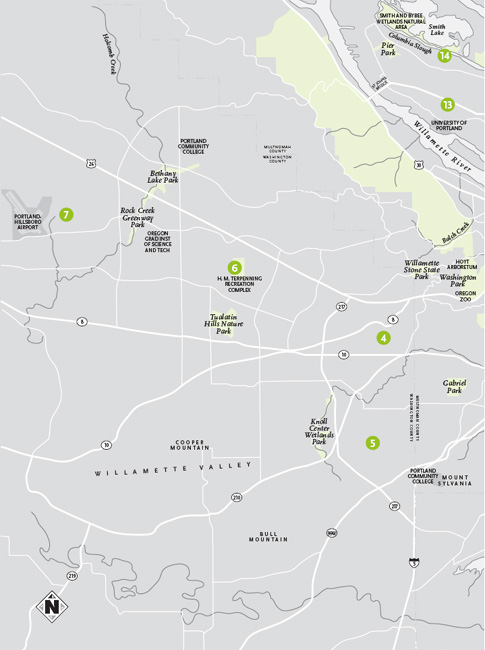
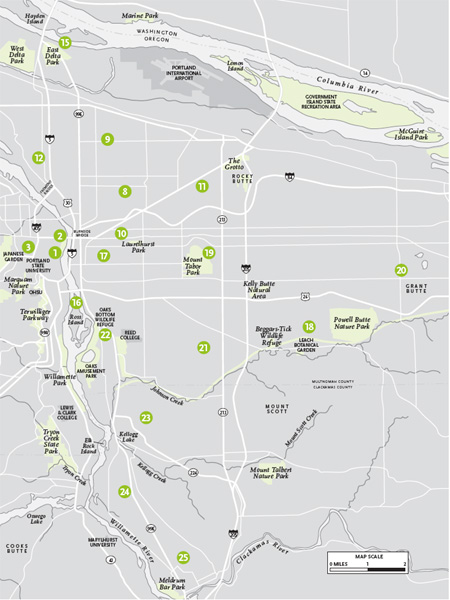
PREFACE
Portland is bicycle nirvana.
The city itself is fascinating (rivers, bridges, lava domes, and more cool than can be counted) and the ever-expanding bike infrastructure makes for safe and pleasant riding. This books twenty-five rides take full advantage of the beautiful, natural, and even wild areas that are close by, or sometimes directly immersed in, the city hubbub. And the quality of biking in and around Portland is hard to dispute. Portland welcomes city planners from around the world who come to experience what has been achieved here, and in 2008, it was awarded a platinum-level rating for bicycle-friendly community by the League of American Bicyclists. Bicycling magazine often ranks Portland number one in their list of most bike-friendly cities in the country. The people, too, are as friendly as the bike infrastructure, and more importantly, the drivers are courteous. Whats not to love?
For me, its pretty simple. No matter where I go, I think about my bike. If Im on my bike, then life is good. But more often than Id like, when Im going to some far corner of the Portland area on an errand, I go by car. Its those times especially that I think about how I could get there on two wheels, and what adventures I might have had along the way.
When it comes to exploring a city, the automobilewhile quick, warm, dry, and (I hope) in possession of a good stereohas a lot of drawbacks. Cars move too quickly to absorb the details; the driver, especially, is likely to miss views, big and small. Roof and glass separate you from the surrounding smells, sounds, weather, and people that are so much a part of the place. Parking can be difficult and costly, and exercise is almost nonexistent. Never mind what great bakeries, parks, or art galleries you might have missed on the way to your destination. Walking is the best way to explore a place up close, but you need many tiring days to see a city of even modest size on foot.
The bicycle is the happy medium. By moving quickly, yet using a relatively low amount of energy, you can go far without taking the next two days off to heal blisters. At the same time, youll move slowly enough to take in the details, and it couldnt be easier to pull over and look around. With no roof or glass between you and the world, you engage every sense. Sure, rain can be annoying, but not if you have the right waterproof clothes. And when you want to lock your bike and become a pedestrian, the parking is free. And everywhere.
With this book, I hope to wrestle the bicycle back from the pack of red-faced, smooth-legged heroes with gargantuan thighs in skin tight spandex heaving their way across the finish line. With this dominating image has come the idea that if we dont push our limits, compete, sweat, and win, then why bother? The reality is, all you really need to do to maintain good health is just move your body. These tours arent about maximizing your fitness level, tackling lung-busting hills, or trying to hit all the green lights. Heck, you might not even sweat! But youll get exercise just by turning the pedals, and more importantly, youll see Portland up close. Wear your street clothes, pack a rain jacket, pop on a helmet, and go.
The routes are designed to be fun, easy, and safe enough for everyone. Do you have a couple of rusting mountain bikes and a kids trailer in the garage? Thats more than enough. Pick a ride in a part of town youve never been to, or choose to see your own neighborhood from a new perspective. All you need is an afternoon to experience the city like never before. If you dont come away with memories of a brilliantly colored bird, a mini-market with a funny name, a beautiful tree, or a cute cottage with a lovely flower garden, you went too fast.
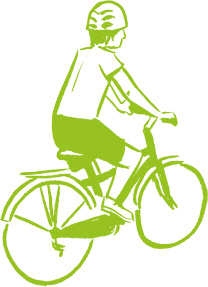
HOW TO PEDAL PORTLAND
Use this book like a guidebook: look at the overview map, decide on your next adventure, go to that chapter, and get started. Each chapter consists of a route map, helpful stats (distance, elevation, and how to get to the starting point), and turn-by-turn directions. Beyond the turns, youll learn the history, features, and other fun facts about the things youre riding past.
What to Expect
Before you choose your own adventure, know that these routes were created with a few goals in mind: namely, to keep them accessible, safe, interesting, and fun.
Doable distances, loops, and no big hills
The rides in this book were designed to be accessible to anyone, including children on their own bikes (or in a trailer, tag-a-long, or childs seat) or visually or balance-impaired people on the back of a tandem or on an adult tricycle. The average ride is around 10 miles long. Even if youre not used to biking, 10 miles (or 8 or 12) should be attainable. You may be sore afterward, but theres no shame in that. If this distance is just a warm-up for you, consider linking together rides that are near one another and doubling your mileage.
All but two of the rides in this book are loops. Theres something mystical about heading off in one direction and arriving back at the same place from a different direction. Plus, you see twice as much that way. The non-loop rides (see ) end at different transit points than where they began in order to avoid climbing a big hill. Speaking of which, hills can be a bummerespecially if youre not used to them or are hauling two kids in a trailerso you wont find many on these routes. Eighteen of the rides have less than 200 feet of elevation gain, the rest have less than 300.
Next page
